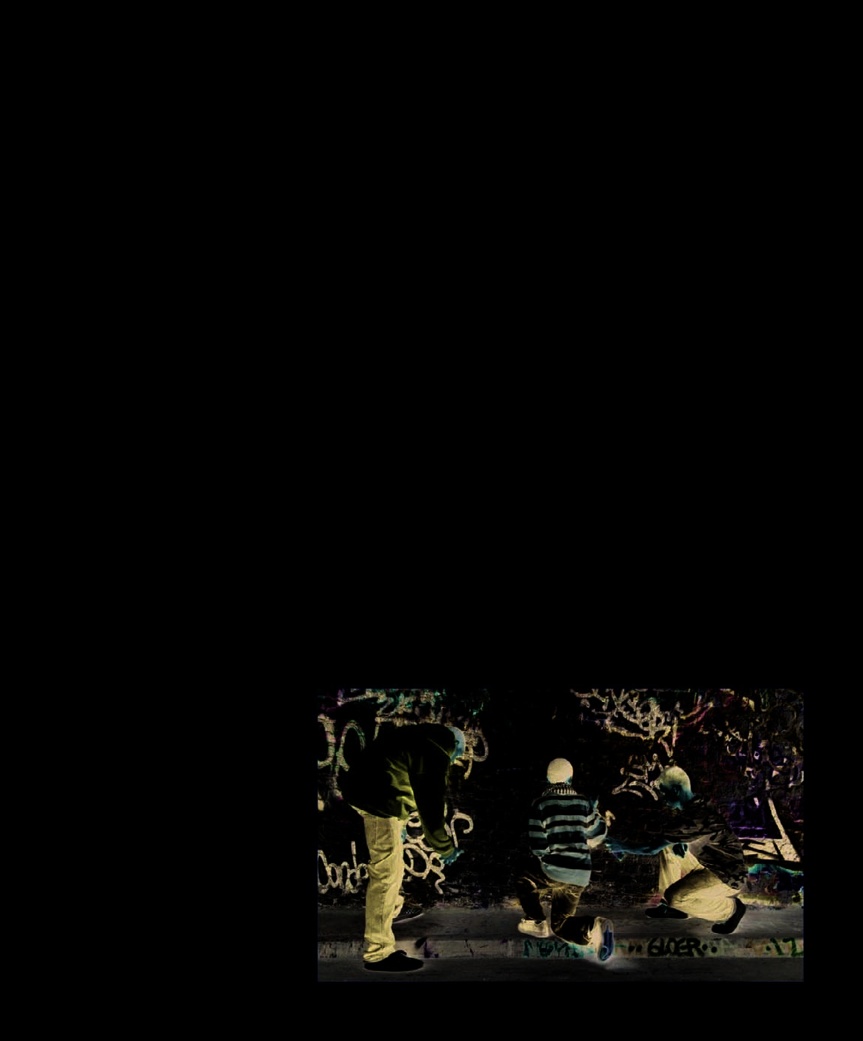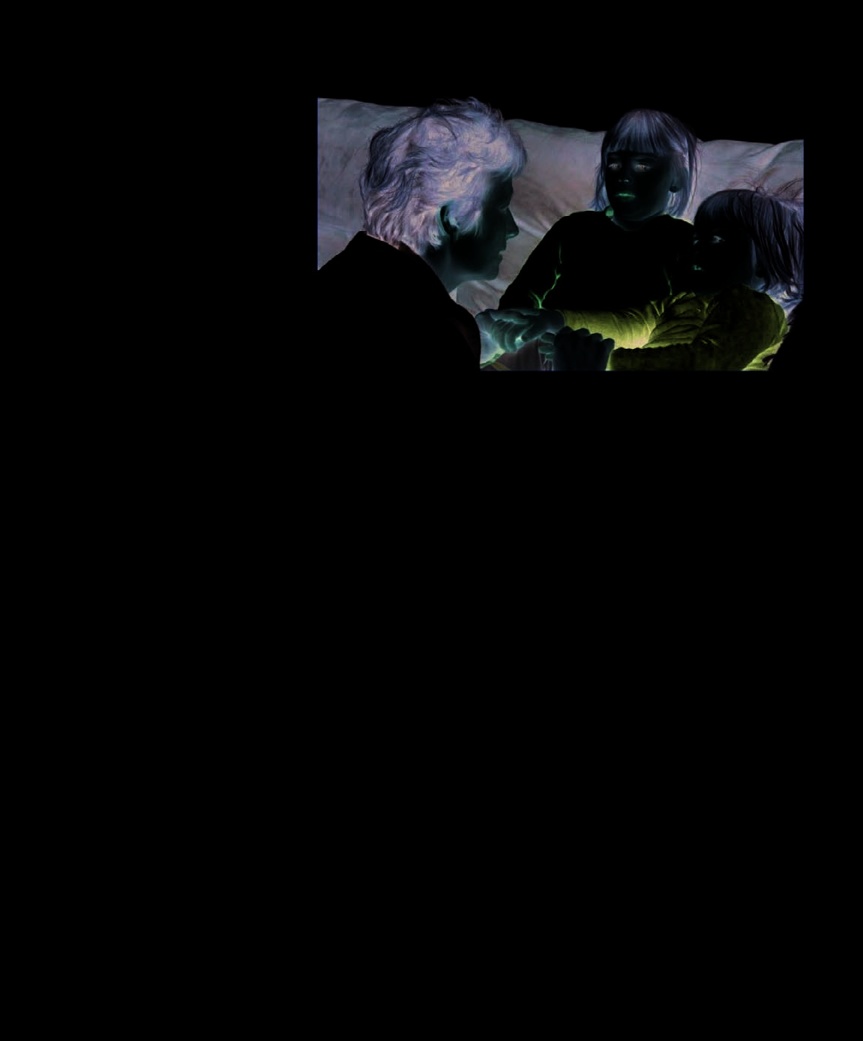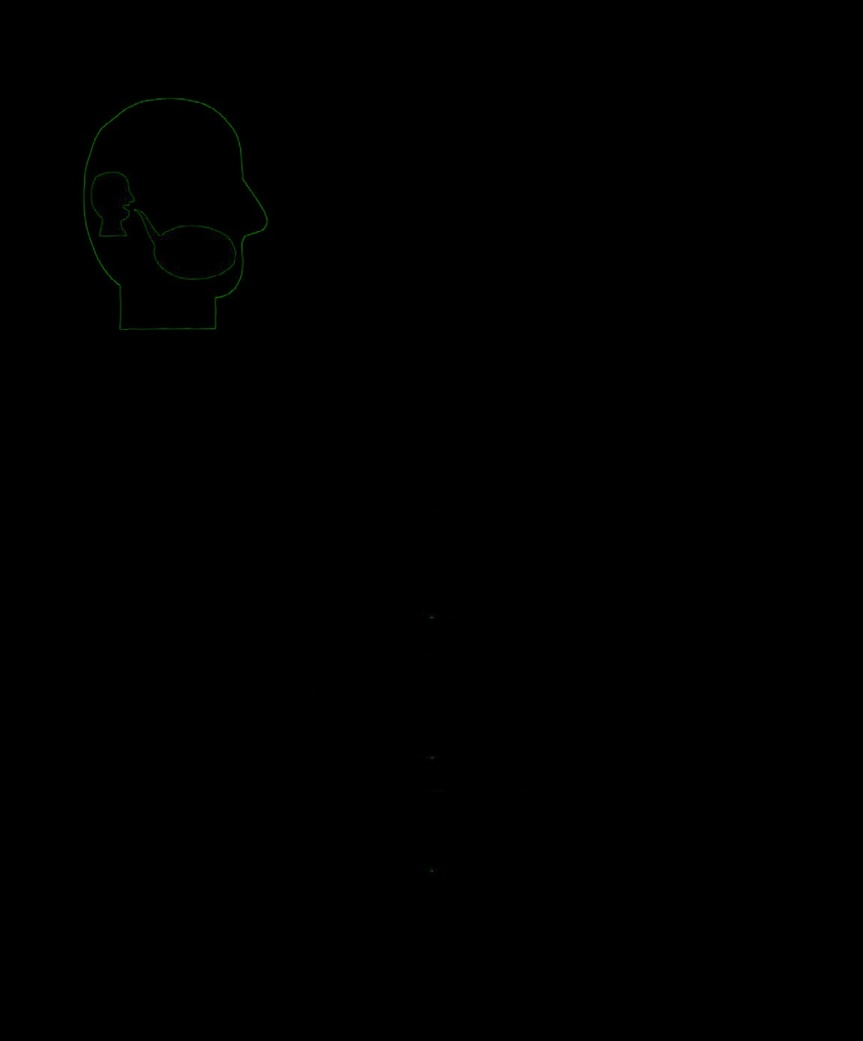The Psychology Book (38 page)
Read The Psychology Book Online
Authors: Unknown

His father, Sir John Frederick
Winnicott, was an encouraging
influence, although his mother
...the adopted child
suffered from depression.
knows that he or
Winnicott first trained as a
The child will
she is loved
and
physician and pediatrician,
be able to form
lovable even when child
completing psychoanalytic
strong attachments.
and adult are both
training later, in the 1930s.
experiencing hatred.
Winnicott married twice,
meeting his second wife Clare
Britton, a psychiatric social
worker, while working with
disturbed children who had
strongly influenced by Sigmund
believe he or she is loved only after
been evacuated during World
Freud but also by the writings
being hated; he stresses that the
War II. He continued to work
of Melanie Klein, particularly
role that “tolerance of hate” plays in
as a pediatrician for more than
regarding the unconscious feelings
healing cannot be underestimated.
40 years and this gave his
of the mother or carer for the infant.
Winnicott explains that when
ideas a unique perspective. He
Winnicott began his career by
a child has been deprived of
twice served as president of
working with children displaced by
proper parental nurturing, and is
the British Psychoanalytical
World War II and he examined the
then granted a chance of this in
Society, and sought to widen
difficulties faced by children who
a healthy family environment,
public knowledge through his
are trying to adapt to a new home.
such as with an adoptive or
many lectures and broadcasts.
As Winnicott notes in his paper,
foster family, the child begins
Key works
Hate in the Countertransference
:
to develop unconscious hope.
“It is notoriously inadequate to
But fear is associated with this
1947
Hate in the
take an adopted child into one’s
hope. When a child has been so
Countertransference
home and love him.” In fact, the
devastatingly disappointed in the
1951
Transitional Objects and
parents must be able to take the
past, with even basic emotional
Transitional Phenomena
adopted child into their home and
or physical needs unsatisfied,
1960
The Theory of the
be able to tolerate hating him.
defenses arise. These are
Parent–Infant Relationship
Winnicott states that a child can
unconscious forces that protect ❯❯

120 DONALD WINNICOTT
toward the parent, projecting past
Dealing with the hatred
experiences of being neglected and
The emotions that the child’s
ignored onto present-day reality.
hatred invokes in the parents, as
The child of a broken home or
well as in the child’s teachers and
without parents, Winnicott says,
other authority figures, are very
“spends his time unconsciously
real. Winnicott believes that it is
It seems that an
looking for his parents” and so
essential that adults acknowledge
adopted child can
feelings from past relationships
these feelings, rather than deny
believe in being loved only
are displaced onto another adult.
them, which might seem easier.
after reaching being hated.
The child has internalized the
They also need to understand
Donald Winnicott
hate, and sees it even when it is
that the child’s hatred is not
no longer present. In his new
personal; the child is expressing
situation, the child needs to see
anxiety about his previous unhappy
what happens when hatred is in
situation with the person who
the air. Winnicott explains: “What
is now at hand.
happens is that after a while a
What the authority figure does
child so adopted gains hope, and
with their own hatred, of course, is
the child against the hope that
then he starts to test out the
of critical importance. The child’s
may lead to disappointment. The
environment he has found, and to
belief that he or she is “bad” and
defenses, maintains Winnicott,
seek proof of his guardian’s ability
unworthy of being loved must not
explain the presence of hatred.
to hate objectively.”
be reinforced by the response from
The child will “act out” in an
There are many ways for a
the adult; the adult must simply
outburst of anger against the new
child to express hatred and prove
tolerate the feelings of hatred and
parental figure, expressing hatred
that he or she is indeed not worthy
realize that these feelings are part
and, in turn, invoking hatred from
of being loved. This worthlessness
of the relationship. This is the only
the carer. He termed the behavior
is the message that was imparted
way the child will feel secure and
an “antisocial tendency.”
by earlier, negative parental
be able to form an attachment.
According to Winnicott, for a
experiences. From the child’s point
No matter how loving a new
child who has suffered, the need to
of view, he is attempting to protect
environment may be, it does not
hate and be hated is deeper even
himself from the risk of ever having
erase the past for the child; there
than the need for rebellion, and the
to feel love or to be loved because of
will still be residual feelings as a
importance of the carer tolerating
the potential disappointment that
result of their past experience.
the hate is an essential factor in the
accompanies that state of being.
Winnicott sees no short cuts to a
healing of the child. Winnicott says
that the child must be allowed to
express the hatred, and the parent
must be able to tolerate both the
child’s and their own hatred as well.
The idea may be shocking, and
people may struggle with the
notion that they feel hatred rising
within them. They may feel guilty,
because the child has been through
such difficulties already. Yet the
child is actively behaving hatefully
The “antisocial tendency”
in
children is a way they express
anxieties about their world, testing out
their caregivers who must continue to
provide a supportive and caring home.

PSYCHOTHERAPY 121
Despite feeling
the unconscious and
natural negative feelings provoked by
the child, a parent must provide an
environment that “holds” the child,
making him or her feel secure.
resolution. The child is expecting
that the adult’s feelings of hatred
will lead to rejection, because that
is what has happened before; when
the hatred does not lead to rejection
and is tolerated instead, it can
begin to dissipate.
Healthy hatred
Even in psychologically healthy
families with children who have not
been displaced, Winnicott believes
unconscious hatred is a natural,
Therapeutic relationship
generated by the patient as a
essential part of the parenting
Winnicott also used the
necessary part of testing that the
experience and speaks of “hating
relationship between the parent
therapist can bear it. The patient
appropriately.” Melanie Klein had
and child as an analogy for the
needs to know that the therapist
suggested that a baby feels hatred
therapeutic relationship between
is strong and reliable enough to
for its mother, but Winnicott
therapist and client. The feelings
withstand this onslaught.
proposes that this is preceded by
that arise in a therapist during
the mother hating the baby—and
analysis are part of a phenomenon
A realistic approach
that even before this, there is an
known as “countertransference.”
While some of Winnicott’s ideas
extraordinary primitive or
Feelings that are aroused in the
may appear shocking, he believes
“ruthless” love. The baby’s
client during therapy—usually
we should be realistic about
existence places huge demands
feelings about parents or siblings—
bringing up children, avoiding
on the mother psychologically and
are transferred onto the therapist.
sentimentality in favor of honesty.
physically and these evoke feelings
In his paper, Winnicott described
This enables us as children, and
of hatred in the mother. Winnicott’s
how as part of the analysis, the
later as adults, to acknowledge
list of 18 reasons why the mother
therapist feels hate toward the
and deal with natural, unavoidable
hates the baby include: that the
client, though this hate was
negative feelings. Winnicott is a
pregnancy and birth have
realist and pragmatist; he refuses
endangered her life; that the baby
to believe in the mythical idea of
is an interference with her private
“the perfect family” or in a world
life; that the baby hurts her when
where a few kind words wipe
nursing, even biting her; and that
away all of the horrors that may
the baby “treats her as scum, an
have preceded it. He prefers to
unpaid servant, a slave.” Despite all
Sentimentality in a
see the real environment and
of this she also loves him, “excretions
mother is no good
mental states of our experience,
and all,” says Winnicott, with a
at all from the infant’s
and asks us to do likewise, with
hugely powerful, primitive love, and
point of view.
courageous honesty. His ideas
has to learn how to tolerate hating
Donald Winnicott
did not fit neatly into one school
her baby without in any way acting
of thought, though they were
on it. If she cannot hate appropriately,
hugely influential, and continue to
he claims, she turns the feelings of
impact on social work, education,
hatred toward herself, in a way that
developmental psychology, and
is masochistic and unhealthy.
psychoanalysis around the world. ■

